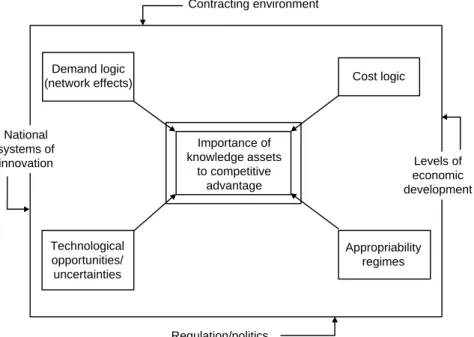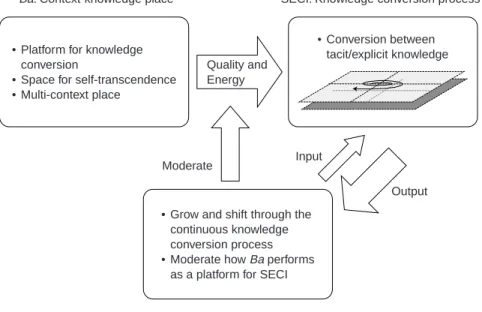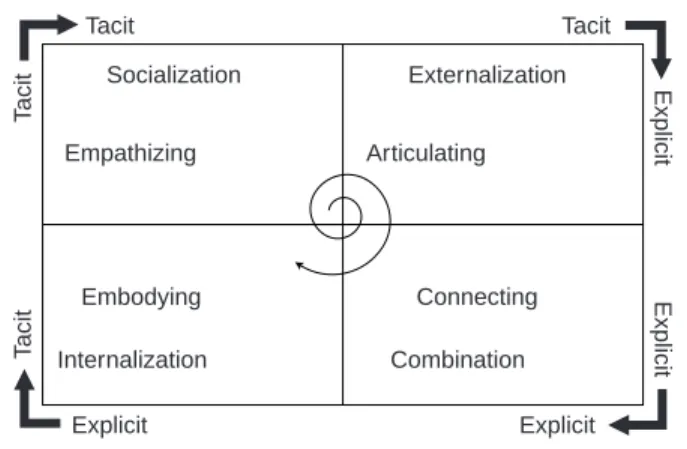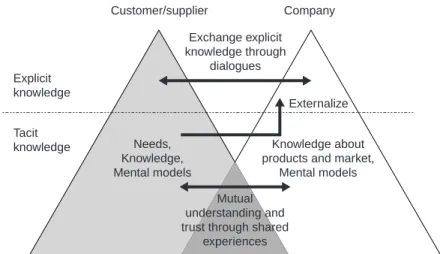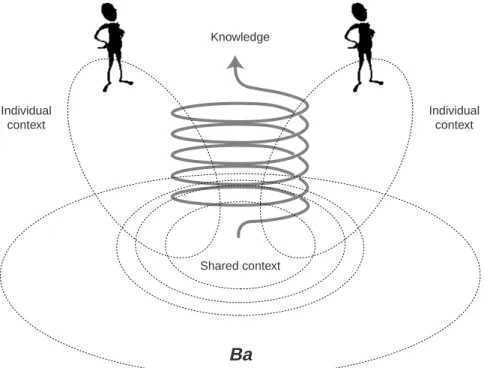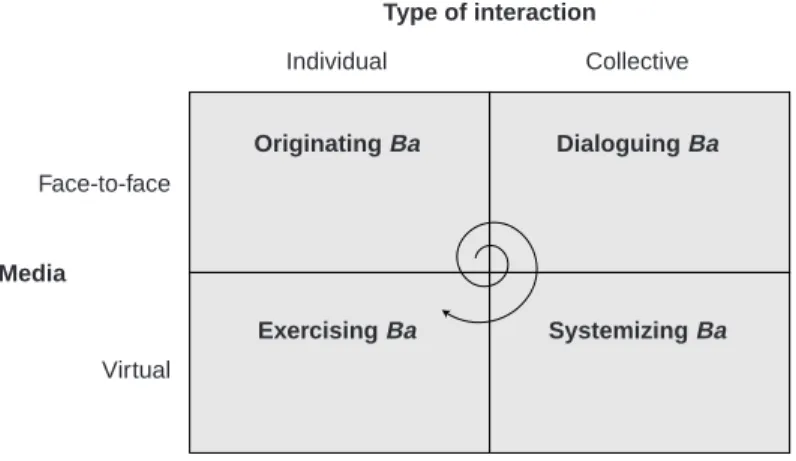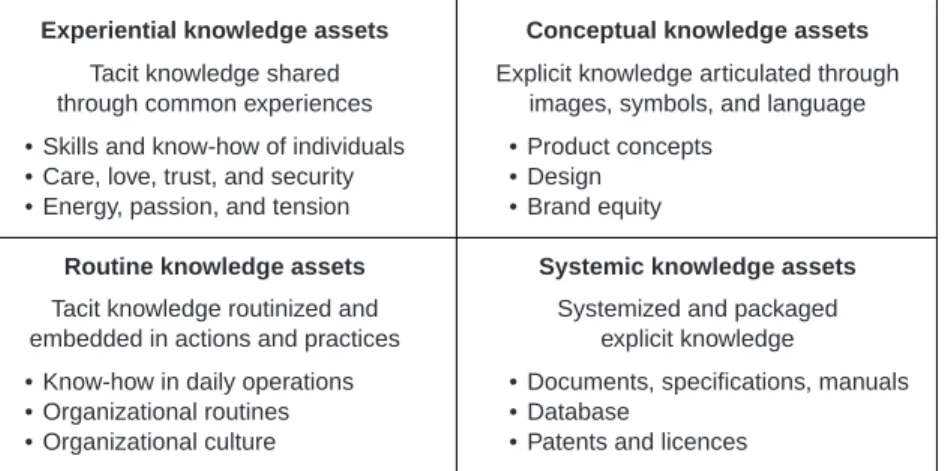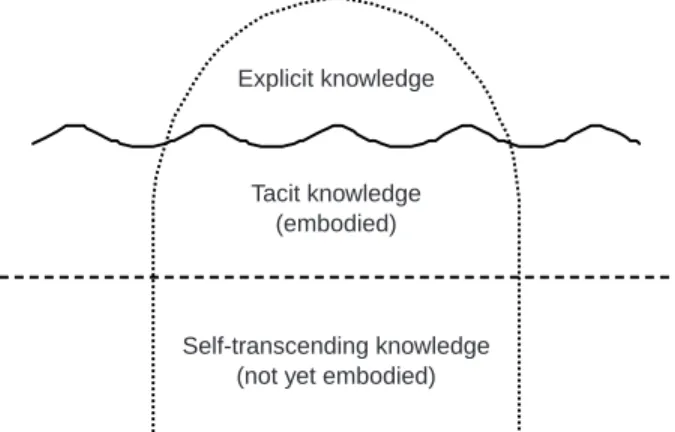Indeed, the patent system had its origins in the desire to protect the design and trade secrets of the guilds. Ownership is relatively easy to define and property 'boundaries' are relatively easy to define. As the scope of the market expands, ®rms are left with the functions they can perform better than the market.
Honing their knowledge creation and transfer skills is of course key, and is therefore the focus of much of the material in this book. The new norms required for success are already evident in many of the high-tech industries in the United States, Europe and Japan. Explicit consideration of the knowledge management requirements for these complicated coordination patterns can provide insight into the choice and design of organizational structures.
Leadbeater shows us that the managerial focus of knowledge-based theories of the ®rm is too narrow. This chapter examines the importance of innovative forms of ownership for the growth of the knowledge-driven economy.
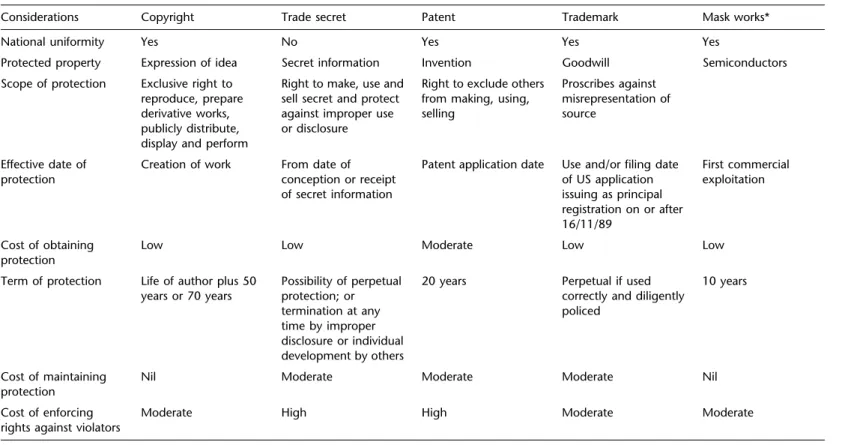
KNOWLEDGE, CREATION AND LEADERSHIP
In our theory of the process of knowledge creation, we accept the traditional definition of knowledge as "justified true belief". Therefore, knowledge is relational—things like "truth," "goodness," and "beauty" are in the eye of the beholder. An organization creates knowledge through interactions between explicit and tacit knowledge.
Knowledge created by each of the four modes of knowledge conversion interacts in the spiral of knowledge creation. In knowledge creation, the interaction between tacit and explicit knowledge is enhanced by each of the four forms of knowledge conversion. Their actions are then reflected in the organization's innovation process and so begins yet another spiral of organizational knowledge creation.
Tacit knowledge that is routinized and embedded in the actions and practices of an organization constitutes its routine knowledge. The four types of knowledge assets described above form the basis of the knowledge creation process. In the previous section, we presented a model of the organizational knowledge creation process, which consists of three elements: SECI, ba and knowledge assets.
The knowledge created then becomes the knowledge of the organization, which becomes the basis for a new spiral of knowledge creation. Particularly important is the vision of knowledge, which affects all three layers of the knowledge creation process. The role of knowledge producers ± middle managers, who are at the center of the dynamic process of knowledge creation, is particularly important.
Casson (1997), Information and organization: a new perspective on the theory of the firm, Oxford: Clarendon Press, p. The leverage is in the self's ability to see the David hidden in the stone. It reflects on the relationship and activity of the self to the content of the judgment.
One of the more intriguing (and consistent) facts about creativity is that it is not the same as intelligence (see generally Milgram, 1990). It is well documented that these mechanisms help promote uniformity and 101 Management of the knowledge worker. The role that cultural psychology could play in the business of creating and transferring knowledge and the managerial implications of the theory of mentality are briefly discussed.
However, much of the discussion of mindset in the humanities has been vague and scattered.
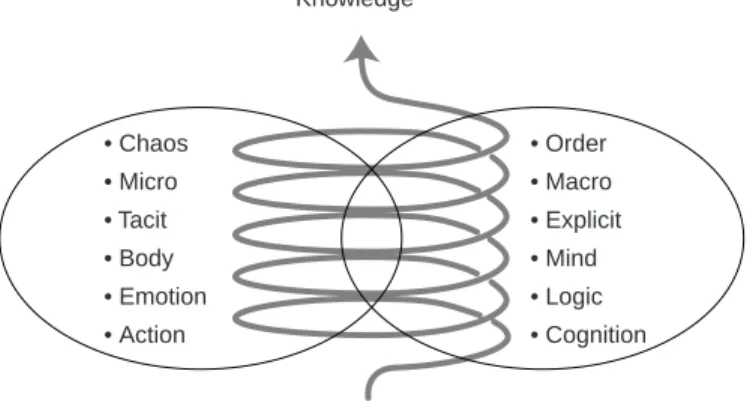
FIRMS, MARKETS AND INNOVATION
The left has demonized entrepreneurs as pro-hungry exploiters of the weak and the poor. It is especially in the Austrian school that the critical role of the entrepreneur in economic development is quickly accepted. The way in which one can manage each of the identifiable components of knowledge management ± creation/successfully.
It is not that competition stops once dominance is achieved, in the loose sense of the term. Networks that do not involve equity are likely to be an integral part of the ®rm as a functional economic entity. Elsewhere, I have suggested some of the mechanisms that ®rms (and other organizations) can use to integrate the knowledge of individuals in the production of goods and services (see Grant, 1996).
Finally, transaction cost analysis of the ®rm comes up against the problem of de®ing the ®rm. Fundamental to the rise of the modern corporation was the development of management as a specialized body of knowledge. It is interesting that TQM, like scientific management, is based on the application of the principles of scientific method to decision-making and the organization of work.
In both cases, the investigation of the characteristics of knowledge and the ways in which it is used to produce goods and services focuses attention on the problem of coordination in productive activity. Until now, the consequences of knowledge-based competition have focused primarily on the organization of the ®rm, particularly on the scope for. In the 1980s, this argument seemed to be decided decisively in favor of the right.
Therefore, innovative forms of ownership will play a vital role in the growth of the knowledge economy. The exploration of these knowledge paths creates a richer, more dynamic understanding of how the knowledge assets of the. Moreover, the development of a knowledge-based theory of the ®rm has typically focused on the static state of this knowledge.
Lenoir points out that knowledge involves both productive engagements with the world and the social and economic interests of actors. A certain part of the montage process is that, with few exceptions, scientific knowledge is cumulative.
